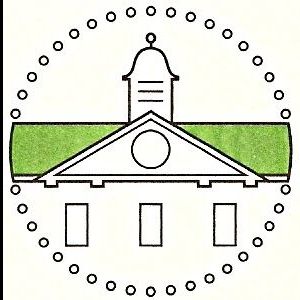News
Fish pass for the weir
The Trent Rivers Trust, with the support of Environment Agency, is proposing to construct a fish pass to enable salmon to swim up stream to their traditional spawning grounds for the first time in 50 years and improve the ecological status of the Derwent.
The scheme has been designed to be as sustainable as possible and to minimise impacts on the environment, especially any visual intrusion in views of, and from, the Mill complex. That has led to the fish pass being located within a small island in the river rather than in the river itself as a modification to one of the weirs. This not only avoids a large new engineering structure in views across the WHS but also greatly reduces the impact on water quality during construction.
Several alternative locations were investigated but all had significantly greater visual impacts on the setting of the listed buildings. The details ate contained in a Feasibility report produced by WS Akins.
The pass is approximately 1.5 m deep and 2.4 m in width, plus the thickness of the sides, and will involve trenching of around 4 - 5 m width. ( Fishtek drawings sheets 1-3 ). The pass will be sunk into the ground with the side pieces finished at ground level. It will not be visible above the island except for the lowest section where it re-enters the river. This can be faced with reclaimed timbers or natural stone to blend in with the surroundings. The visualisation drawing illustrates the very low visual impact of the proposed pass compared to conventional ,in-channel passes.
The up-stream entrance to the pass will involve the removal of a section of the retaining wall to the island. This wall will be reinstated above the pass after construction leaving a relatively small opening visible above the water level.
Trees will be affected through root damage for approx. 10 metres width along the line of the trench. Any trees that are lost will be replaced in suitable locations on the island through a landscaping scheme to be agreed with the planning authority.
The opportunity has been taken to bring about improvements as part of the scheme. These are:
1. replacing the self-seeded sycamores and poplars that require felling to allow the pass to be built with more appropriate indigenous species as part of the landscaping strategy
2. exploring the scope for the creation of an otter hole as part of the engineering works on the island
3 interpretation / information about the fish pass including numbers of fish using it and possible video footage of the movements
4. improvements to the foot bridge providing access to the island for weir / fish pass maintenance
5. improvements to the fencing round the island replacing the current 'car park' railings with something more appropriate to the setting and location.
It is hoped that the work will start in the next 12 months.
